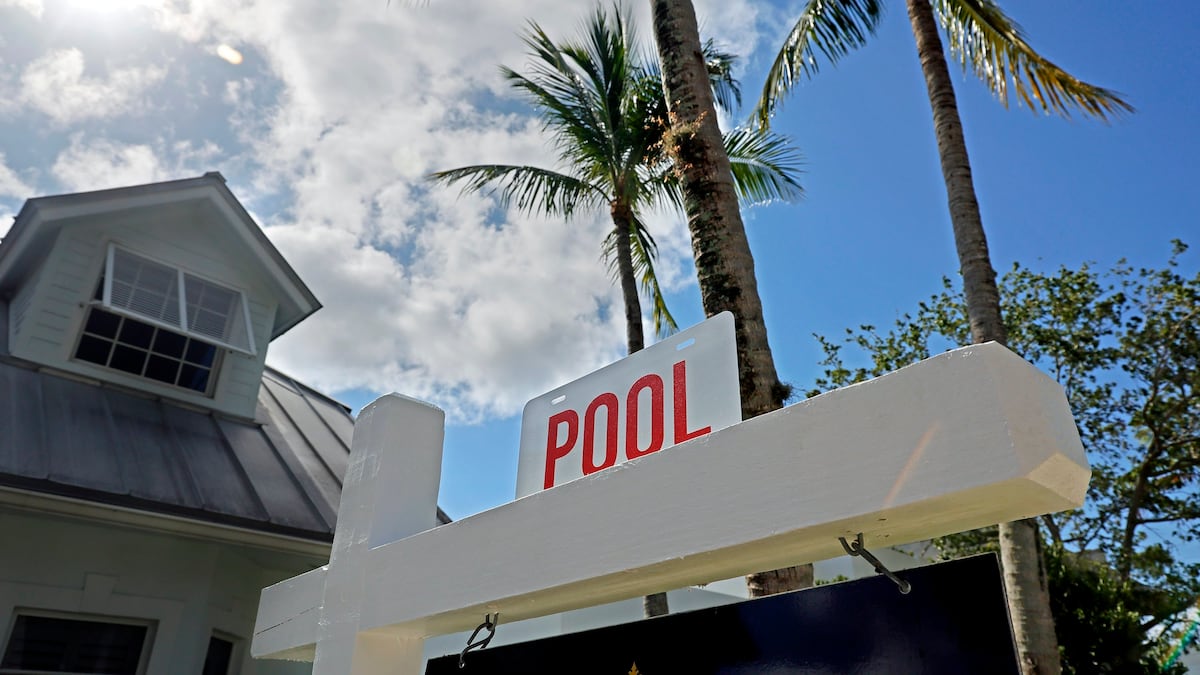F
oreign buyers are buying more U.S. homes even as domestic demand weakens. In the year to March 2025, sales of existing properties to non‑U.S. residents reached $56 billion— a 33 % jump from the previous year—while the domestic market recorded its worst selling season in over a decade. The trend suggests that foreign investors are filling the gap left by American buyers who are deterred by mortgage rates that have hovered between 6.5 % and 7 % and rising home prices.
High U.S. rates have not stopped overseas buyers. According to the National Association of Realtors (NAR), 47 % of foreign purchases were all‑cash in the first half of 2025, compared with 28 % overall. The weakening dollar, which fell 11 % against other currencies in the first six months, makes U.S. real estate cheaper for many foreign investors, boosting its appeal. “U.S. residents face high rates and high cost‑to‑income ratios, but those same factors do not hold back non‑U.S. buyers who can pay in cash,” said Mike Chambers, CEO of Ridley. He added that the Trump‑era tariffs, while unsettling for the domestic economy, actually made U.S. property more attractive by depressing the dollar.
The rental market is expanding as well. The U.S. Census Bureau’s American Community Survey estimates 45.6 million renter‑occupied units in 2023, up from 39.7 million in 2010. Rental prices have stabilized after pandemic spikes, yet 85 % of landlords raised rents in 2024, with nearly a third increasing by 6–10 %. This shift leaves more inventory for investors and landlords, further encouraging foreign purchase.
Foreign investors are also refinancing. Waltz, a real‑estate financing platform, reported that in Q1 2025 23 % of inquiries were for refinancing versus 77 % for new purchases, yet 59 % of closed deals were refinances. Most of these were in Florida (26 %), Ohio (17 %), and Texas (12 %). The Mortgage Bankers Association noted a 19 % YoY rise in refinance applications in the week ending August 22. Yuval Golan, Waltz’s CEO, explained that many foreign owners already hold loans at lower rates and are now refinancing to take advantage of the market’s lower competition and to free up capital for further acquisitions.
Foreign buyers are not limited by job or family ties, giving them flexibility in location. NAR data shows nearly half of foreign purchases are in Florida, California, and Texas—states that have long attracted overseas investors for vacation or rental properties. Florida, in particular, has been the top destination for 15 years. Recent Redfin data shows the state’s median sale price fell for five straight months, reaching $404,200 in July, a bargain for investors seeking a vacation or retirement home.
The impact on the broader market is mixed. Chambers notes that foreign investment has helped cushion weak domestic sales, but it also keeps prices high in certain markets, exacerbating affordability challenges for Americans. “The housing market is diverse; in markets with high outside investment, prices remain elevated, which does not help those already struggling with affordability,” he said.
Key foreign nationalities include Canada, Latin America (especially Mexico, Colombia, and Brazil), the U.K., and Israel. Their motivations range from portfolio diversification to taking advantage of favorable exchange rates and stable local currencies. Refinancing offers them a way to leverage equity and expand holdings even amid higher U.S. rates.
In summary, despite high mortgage rates and a sluggish domestic market, foreign buyers are increasing their share of U.S. home sales, favoring cash transactions, refinancing, and states with strong rental demand. Their activity supports the market but also contributes to price pressures, underscoring the complex dynamics between domestic affordability and international investment.














